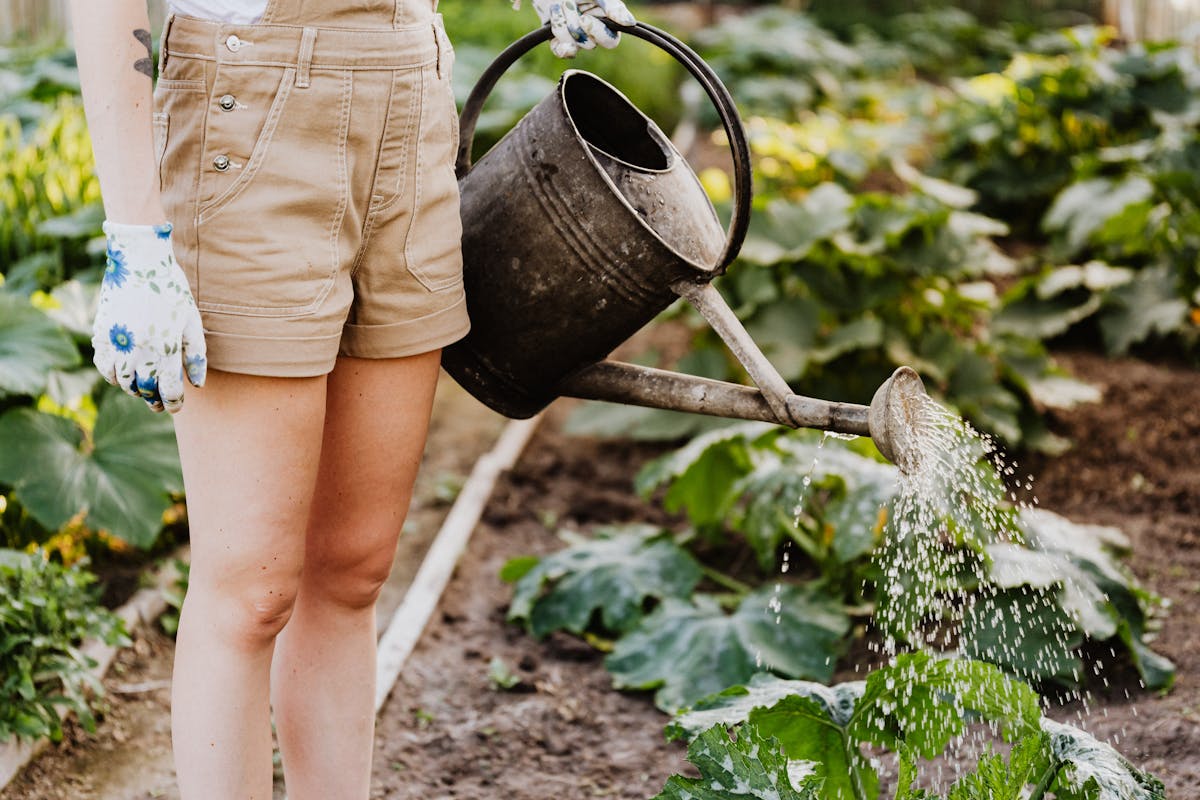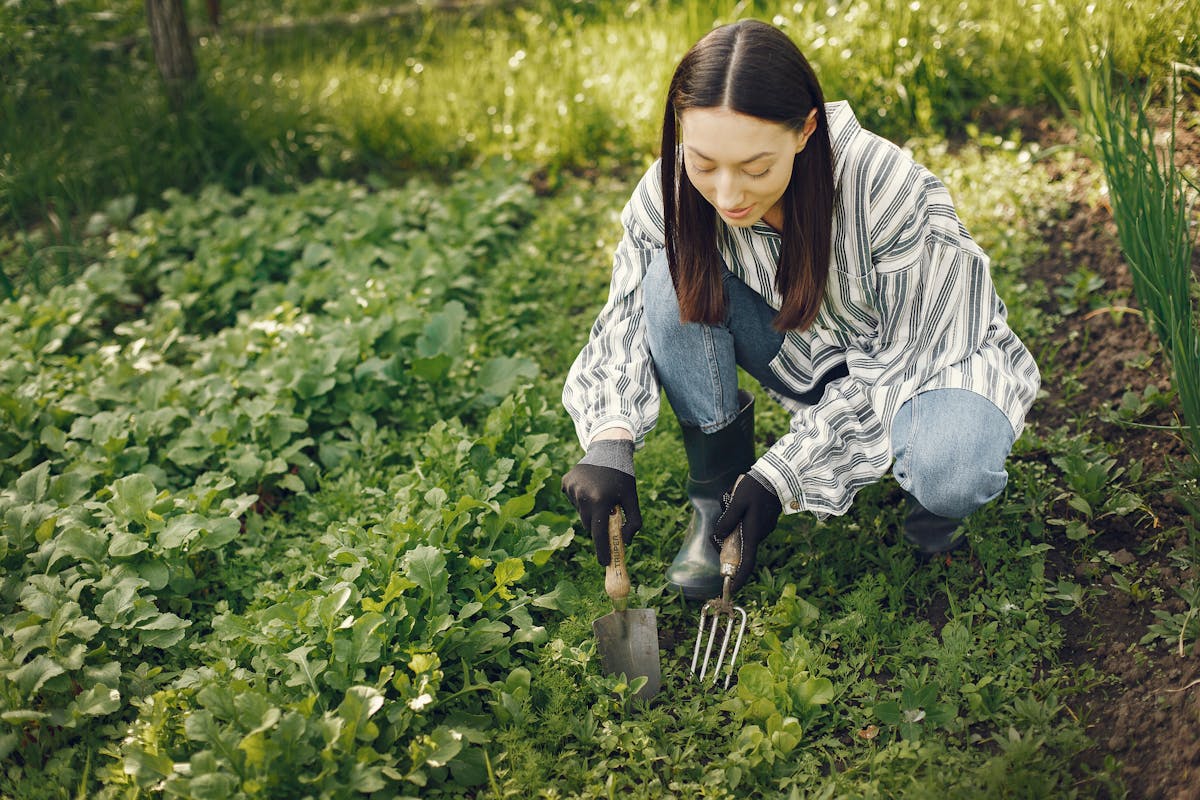
- Plan your garden carefully to avoid unnecessary expenses and make the most of your resources.
- Opt for seeds over seedlings for a wider variety and lower costs, especially when on sale.
- Get creative with DIY solutions like composting and homemade pest control to save money.
- Take advantage of community resources such as gardens and plant swaps to acquire supplies for free.
- Practice water conservation techniques like mulching and rainwater collection to reduce expenses.
Gardening can be a rewarding and fulfilling hobby, but it often comes with a price tag. The costs can quickly add up, from seeds and tools to fertilizers and landscaping materials. However, with some creativity and resourcefulness, it’s possible to enjoy a lush garden without breaking the bank. This article will explore some thrifty gardening tips that will help you save money while achieving stunning results.
1. Start with a Plan:
Before you dive into your gardening project, take the time to create a plan. Determine what types of plants you want to grow, how much space you have available, and what resources you’ll need. By planning ahead, you can avoid impulse purchases and ensure you’re making the most of your budget.
Research Plants:
Look for plants that are well-suited to your climate and soil type. Native plants often require less maintenance and fewer inputs, saving you money in the long run.
Make a Budget:
Set a budget for your gardening project and stick to it. Allocate funds for essentials like seeds, soil, and tools, but leave room for unexpected expenses.

2. Grow from Seeds:
One of the most cost-effective ways to fill your garden with beautiful plants is by starting from seeds. Not only are seeds generally cheaper than seedlings or mature plants, but they also offer a wider selection of varieties to choose from. Look for opportunities to purchase seeds on sale or swap with fellow gardeners to reduce costs further.
Shop Smart:
Look for sales at local nurseries or garden centers, especially at the end of the growing season. Many retailers discount their remaining seed inventory to make room for new stock.
Save Seeds:
Once you’ve harvested your own fruits and vegetables, save the seeds for future planting. This saves money and allows you to select traits like flavor and disease resistance over time.
3. Embrace DIY Solutions:
Instead of splurging on expensive gardening products, consider making your own DIY solutions using household items. From compost bins to homemade pest repellents, there are plenty of ways to save money by getting creative.
Compost:
Start a compost pile or bin using kitchen scraps and yard waste. Not only will this reduce your need for store-bought fertilizers, but it will also improve the health of your soil.
DIY Pest Control:
Instead of relying on chemical pesticides, try making your own pest control solutions using ingredients like garlic, neem oil, or soap. These natural alternatives are often cheaper and safer for the environment.
4. Utilize Free Resources:
Take advantage of free resources in your community to save money on gardening supplies and materials. From community gardens to plant swaps, you can acquire what you need without spending a dime.
Community Gardens:
Many cities and towns have community gardens where residents can rent plots of land for a nominal fee or even for free. This is a great way to access gardening space if you don’t have a yard of your own.
Plant Swaps:
Attend plant swaps or organize one in your neighborhood to exchange seeds, seedlings, and cuttings with other gardeners. Not only will you save money, but you’ll also have the opportunity to diversify your garden with new varieties.

5. Practice Water Conservation:
Watering your garden can be a significant expense, especially during hot and dry periods. By practicing water conservation techniques, you can reduce your water bill while still keeping your plants healthy and hydrated.
Mulch:
Apply a layer of mulch around your plants to retain moisture in the soil and suppress weed growth. This will help reduce watering frequency and minimize water loss through evaporation.
Collect Rainwater:
Set up a rain barrel or collection system to capture rainwater from your roof. This free source of water can be used to irrigate your garden during dry spells, saving you money on your water bill.
Gardening doesn’t have to be an expensive hobby. With careful planning and ingenuity, you can create a beautiful garden without breaking the bank. By starting with a plan, growing from seeds, embracing DIY solutions, utilizing free resources, and practicing water conservation, you can save money while still enjoying the many benefits of gardening. So roll up your sleeves, get your hands dirty, and watch your thrifty garden thrive!



